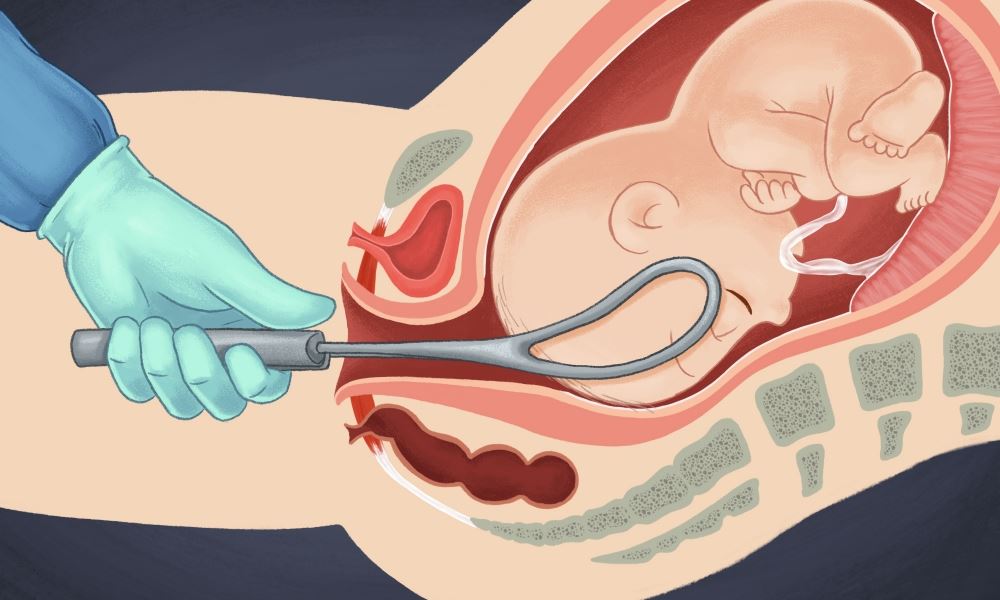A nurse in calculating the estimated date of birth using Nägele's rule for a client who is pregnant and whose last menstrual cycle started june 21. Which of the following is the estimated date of delivery in the next year?
March 28
March 21
March 14
April 4
The Correct Answer is A
To calculate the estimated date of delivery using Nägele's rule:
Start with the first day of the last menstrual period (LMP).
Add 7 days.
Count back 3 months.
Add 1 year.
The last menstrual period started on June 21.
Adding 7 days to June 21: June 28
Counting back 3 months from June: March 28
Adding 1 year to March: March 28 in the next year
Therefore, the estimated date of delivery using Nägele's rule would be March 28 in the next year.
Nursing Test Bank
Naxlex Comprehensive Predictor Exams
Related Questions
Correct Answer is C
Explanation
A. Epicanthal folds: Epicanthal folds are the skin folds of the upper eyelid covering the inner corner of the eye. These folds are a normal anatomical variation and are not typically related to forceps-assisted births.
B. Depressed anterior fontanel: A depressed fontanel (the soft spot on a baby's head) might indicate dehydration or a potential concern but is not directly associated with forceps use during birth.
C. Facial asymmetry
Forceps-assisted births involve the use of forceps to aid in the delivery of the baby's head. Facial asymmetry can occur as a result of the pressure applied by the forceps during the birth process. This pressure might cause temporary facial bruising or swelling, leading to an asymmetrical appearance, particularly in the immediate post-birth assessment.
D. Uneven gluteal skinfolds: Uneven gluteal skinfolds, which refer to asymmetry in the skinfolds of the buttocks, are not typically linked to forceps use during delivery. This finding might be a normal variation or could indicate other unrelated conditions.

Correct Answer is ["0.5"]
Explanation
Correct answer is 0.5 tablets
Explanation:
To determine how many tablets of metronidazole the nurse should administer per dose, we can use the following calculation:
Number of tablets per dose = Total prescribed dose/Strength of one tablet
Given that the total prescribed dose is 250mg and the strength of one tablet is 500mg, the calculation is:
Number of tablets per dose = 250 mg/ 500 mg
Number of tablets per dose=0.5
Therefore, the nurse should plan to administer 0.5 tablets per dose.
Whether you are a student looking to ace your exams or a practicing nurse seeking to enhance your expertise , our nursing education contents will empower you with the confidence and competence to make a difference in the lives of patients and become a respected leader in the healthcare field.
Visit Naxlex, invest in your future and unlock endless possibilities with our unparalleled nursing education contents today
Report Wrong Answer on the Current Question
Do you disagree with the answer? If yes, what is your expected answer? Explain.
Kindly be descriptive with the issue you are facing.
